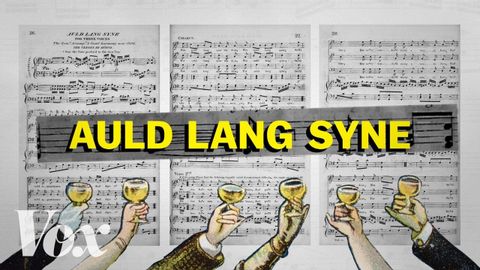The New Year's Eve song, explained(The New Year's Eve song, explained)
神谷菜々子 が 2022 年 09 月 14 日 に投稿  この条件に一致する単語はありません
この条件に一致する単語はありませんUS /ˈkɑnˌtɛkst/
・
UK /ˈkɒntekst/
- v.t./i.出場する;計算する;思う;思う
- n.姿 : 体形;数字;人物像;図表;著名人;姿の輪郭;数字
- n. (c./u.)主張する;主張;要求;権利;請求
- v.t.要求する(ようきゅうする);(命を)奪う;主張する;請求する
エネルギーを使用
すべての単語を解除
発音・解説・フィルター機能を解除
